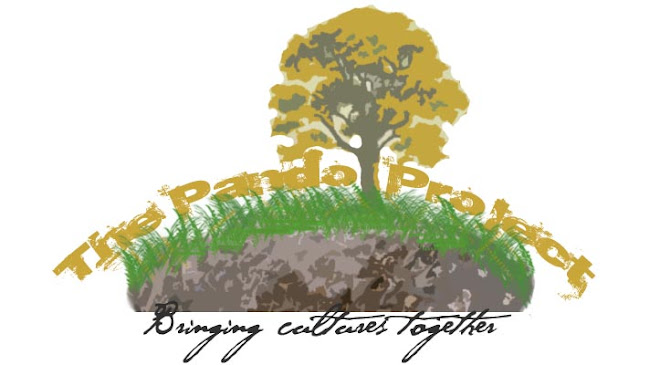Welcome 7th grade English class to our blog and
thank you for participating. We are looking forward
to hear about how you live.
9th Grade English class
Omega Combined School
Namibia
Namibia Facts:
Namibia is the driest country in Southern Africa.
Namibia has 132 airports. 20 paved and 112 unpaved.
The Capital is named Windhoek and was named the
cleanest capital in the world.
At this moment the learners are on their break and
will be away until the middle of January. But there
are a few learners that live in the village. Hopefully
we will be able to participate a bit with them until
the school reconvenes.
Blog entry by Tsupa Nduva
I am a Khwe girl (one of the San - Bushmen tribes) and
I want to explain some of our older cultural practices
and give you some information on who we are.
The Khwe all originated in the southern part of Africa
namely, Namibia, South Africa, Angola and Botswana.
I am in the Kavango region of Namibia in the
Bwabwata National Park which is the ancestral lands
of the Khwe people.
In our culture and to this day, girls
and women collect veld fruits to feed to their families.
While boys and men hunted to support their families.In
the olden days the Khwe survived from bush food and
not buying food from the shops.
The veld fruits that we eat keep our bodies healthy
and give a long life expectancy.
For young girls their life changes when they begin
their menstruation period. For the girl it is a special
day. The girl hides herself and isolates herself from
others.
Old people make a special hut for her and make her
sit in this for a month without washing and eating
so as to stop her from being greedy.
The last day, if she is mature enough, she gets a husband.
But not a lazy one and he has to have the ability to chase
and catch springbok.
They prepare beads and medicine and sing around her
and then she is respected by the adults.
I hope that everyone is doing good in USA, Switzerland
and now Kazakhstan.
yours
Nduva
Here are some other facts about the San:
The San have lived in southern Africa for thousands
of years. Their culture may be one of the most ancient
in the world. In 2006 archaeologists reported evidence
of rituals practiced by the San around 70,000 years
ago—the oldest indications of human rituals ever found.
Traditionally, the San lived as nomadic hunter-gatherers
organized in small groups, or bands, of about ten nuclear
families. Each group had exclusive rights to a large area
of land and usually moved around its rather desolate
territory as a unit, changing home sites about once a
month as the food supply became exhausted.

